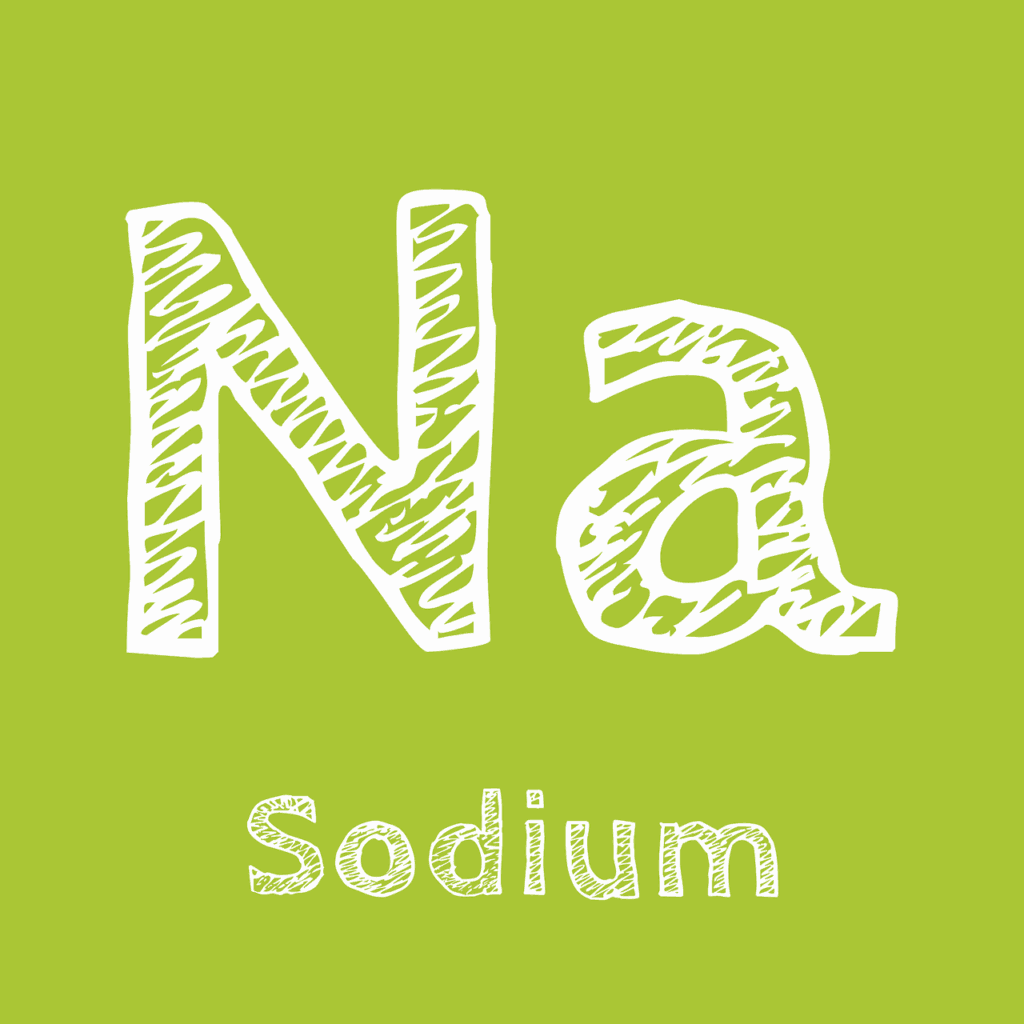The moment of sodium

A North American company, Natron Energyjust announce its plans to build a plant in North Carolina, at a cost of 1.4 billion dollars, for the construction of sodium ion batteriescapable of producing about 24GW per year of storage.
Natron's investment is supported by a subsidy North Carolina state government's workforce development investment plan that will create more than 1,000 high-quality local jobs and grow the state's economy by $3.4 billion over the next twelve years.
Las sodium ion batteries They have been for quite some time proposed as a limited alternative to lithium-based oneswith different characteristics, but with very reasonable utility. Sodium is, first of all, one of the most abundant and most easily extractable elements on the planet, with all that this entails in terms of ease of use and incorporation into industrial processes. Its storage capacity is greater than that of lithium and, in addition, it resists a much higher number of charge and discharge cycles (millions of cycles compared to between three thousand and five thousand for lithium batteries).
Sodium's biggest limitation, however, is its weight: sodium weighs almost three times as much as lithium and cannot store the same amount of energy, meaning that sodium-ion batteries tend to be noticeably larger. Larger than those based on lithium chemistry. This makes these types of batteries less suitable for mobility, and more for stationary applications such as batteries for industrial uses, homes or, in general, non-mobile storagesuch as that necessary to propose stabilization systems for the electrical grid when renewable energies and their natural intermittency begin to play an increasingly important and significant role. In return, it is also much cheaper, which allows easy oversizing.
On the other hand, not all sodium batteries are the same, and research in this area is making improvements increasingly tangible: according to projections from Bloomberg NEFsodium ion batteries could reach densities of almost 150 watt hours per kilogram by 2025and some of the battery giants and automakers in China believe that The technology is already good enough for use in the automotive market.
Sodium's time seems to be coming, and it's certainly good news. Although lithium is much more abundant than was thought a few years ago and we certainly know that the idea that there was not enough lithium on the planet is absurd (one more of those hoaxes designed to create unjustified fears ), its extraction is in many cases complicated and aggressive – like most mining – and having an alternative specially designed for stationary uses, which are enormously abundant, is always a very good thing.
No matter how we think about the future, it is clear that batteries are going to play a very important role in it. Come on, let's get our act together…
This article is also available in English on my Medium page,آ آ«Why sodium is an increasingly viable alternative to lithium for certain battery usescome on
